SBA Releases “Interim Final Rule” on Paycheck Protection Program Loans
SBA Answers Questions in its “Interim Final Rule” on Paycheck Protection Program Loans
Coronavirus has caused panics — panics over toilet paper, Lysol wipes, beans, and masks. But another panic has begun — the panic over Paycheck Protection Program Loans. Included in the CARES Act is a $349 billion forgivable loan program to help struggling employers pay wages, rent, mortgage interest, and utilities for eight weeks. Opening day for applications was April 3, 2020.
For a basic explanation to use for your client, the SBA has posted a Small Business Guidance and Loan Resources, and the US Chamber of Commerce has posted its Small Business Guidance and Loan Resources. For information that you’ll find useful as a practitioner, the AICPA has posted “SBA Paycheck Protection Program resources for CPAs.”
This eTax Alert is focused on news included in the Interim Final Rule from the SBA released April 2, 2020.
SBA Releases “Interim Final Rule” on Paycheck Protection Program Loans
On April 2, 2020, the SBA released its “Interim Final Rule” on Paycheck Protection Program Loans. The Rule came out the day before applications could first be submitted. Better late than never?
If you are applying for a PPP loan or helping a client apply, the Rule is required reading. Different from IRS regulations, the SBA Rule is written in an easier to understand question and answer format. Of particular interest is the section on “What do borrowers need to know and do?” The Rule provides 14 pages of answers.Here are a few items of note:
- Independent contractors have the ability to apply for a PPP loan on their own so they do not count for purposes of a borrower’s PPP loan calculation.
- A tax-exempt nonprofit organization described in §501(c)(3) can qualify for a PPP loan. Religious organizations qualify under this
- The interest rate on a PPP loan will be 1%.
- The maturity date on a PPP loan is two
- The PPP loan is “first-come, first-served.”
- “At least 75% of the PPP loan proceeds shall be used for payroll costs ***This limitation onuse of the loan funds will help to ensure that the finite appropriations available for these loans are directed.”
- Among others items, the borrower must certify that “current economic uncertainty makes this loan request necessary to support the ongoing operations of the applicant” and that “the funds will be used to retain workers and maintain payroll or make mortgage interest payments, lease payments, and utility payments.”
Recommendation: The media is reporting that a “few billion dollars of loans” are already committed. Better call your banker and hurry the application — SBA Form 2483.SBA Posts “Affiliation Rules”
In addition to the Interim Final Rule released on April 2, 2020, the next day SBA released a summary of its “affiliation rules.” “For purposes of the determining the number of employees of an applicant to the Paycheck Protection Program, the applicant is considered together with its affiliates.” This SBA post relates to figuring out if the business has fewer than 500 employees.UNRELATED, but one more item
I have a “Dear Sharon” email from IRS Commissioner Retting. He’d like us, the tax practitioner community, to help the IRS find people in our personal neighborhood who might need to know about the stimulus rebate program. This isn’t about our clients but people at church, or on Facebook or Instagram who are not required to file tax returns. (Remember that doesn’t mean Grandma because she receives social security and the IRS will gather her info from SSA records and send her the rebate.) Instead, this is about the poorly paid service worker or the part-time worker who did not make enough money to file. IRS plans in the next week to add to its free file program a method for these people to file a return just for the purpose of the stimulus rebate.
Webcast on the Coronavirus Tax Update
A 2 hour webcast titled The Coronavirus Tax Update is available to watch now!The webcast will include:
- The filing tax delay – news and update
- The stimulus rebate payments – news from the IRS and an update on client questions
- Other individual changes- charity, medical and student loans
- Coronavirus “disaster” loss reimbursements- §139
- Retirement plan changes
- Paycheck Protection Program loans
- Sick leave and Family leave details
- Employer Retention Payroll Tax Credit rules
- Employer payroll Tax Delay procedures
- Other business changes – NOLs,461(l), §163(j)- and more
- Two client letters are included to help you communicate with yoru clients
Learning objectives
- Be able to answer questions from slients on tthe stimulus rebate
- Understand the tax provisions of the CARES Act applying to individual clients.
- Understand the tax provisions of the CARES Act applying to business clients.
- Be able to provide clients with answers to their “how, when and how much questions” on the new SBA

